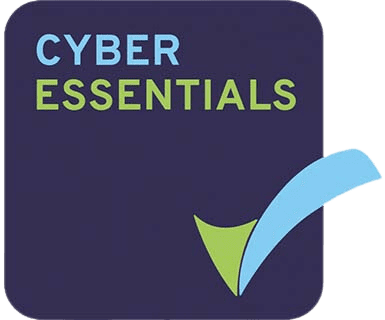One of the strongest ways you can protect yourself against domestic abuse is by taking out a non-molestation order against your abuser.
They are one type of an injunction, a term used to describe any court order served on someone forbidding specified behaviour, such as threatening you, or limiting their actions, like visiting your home.
A non-molestation order is typically issued to prohibit an abuser from using or threatening physical violence, intimidating, harassing, pestering or communicating with you. An order could prevent the abuser coming within a certain distance of you, your home address or even attending your place of work. It could also include your children in certain circumstances. An order will also prevent an abuser from instructing or encouraging others to do any of those actions.
A non-molestation order can protect you against behaviour that by itself may not be a criminal offence or in situations where the police have responded to a 999 call but then taken the view that there is insufficient evidence to charge your abuser with a criminal offence such as assault. If you have a non-molestation order in place, then the police can arrest your abuser for the offence of breaching that order.
To make an application for a non-molestation order, you and your abuser must have “association” under the Family Law Act 1996. This includes those who are or were: married, civil partners, living together or partners. It also includes relatives and in-laws along with those who have a child together.
When deciding if to grant an order, the court will consider all your circumstances, primarily the need to secure the health, safety and well-being of you and any children. Evidence of abusive text messages/emails along with photos of any injuries or damage to property will strengthen your case.
It is possible to make an emergency application for a non-molestation order if the incident has happened recently, as a guideline, within the past week unless there is a good reason for any delay. If an order is granted without notice, then there is a further hearing approximately 14 days later, to give your abuser the opportunity to tell the Court whether they oppose the order.
A non-molestation order is usually granted for six to 12 months, although in certain circumstances, it could be granted for a longer period. An order can also be extended.
A non-molestation order does not need a power of arrest as it is a specific criminal offence to breach it.

